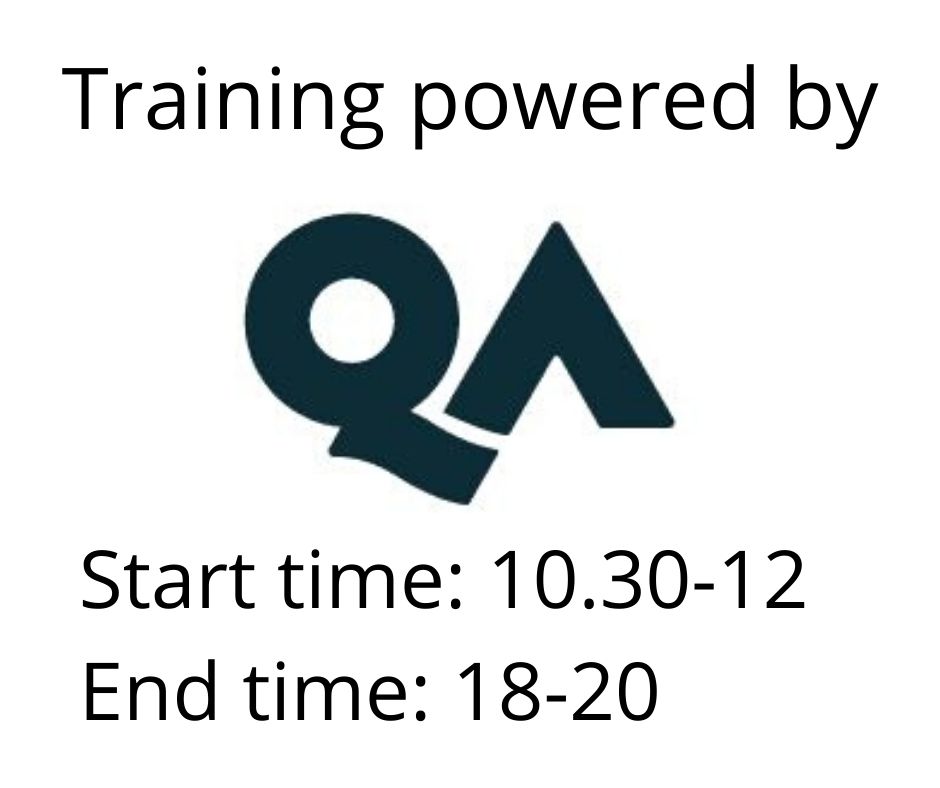BCS Foundation Certificate in Business Analysis (inc exam)
What do Business Analysts do? What skills and competencies do they require to do their role? This 3-day Foundation level course provides delegates with a 'whistle-stop tour' of the role of the Business Analyst who acts as the link between business needs, users and IT within change initiatives.
This 3-day course is fast-paced and through the use of examples and a simple case study introduces delegates to the contribution that a business analyst makes within a business. We also consider the tools and techniques available to Business Analysts to assist them in their role.
At the end of the course you may sit a multiple-choice examination to obtain the BCS Business Analysis Foundation Certificate. This qualification provides a foundation to the BCS International Diploma in Business Analysis and covers the knowledge-based element of the qualification.
Osallistumismuoto
Remote
Duration
3 days
Price
2571 €
This fast-paced, three-day course introduces the essential concepts, techniques, and competencies of business analysis. It is designed to equip learners with a clear understanding of the role business analysts play in linking business needs, users, and IT teams. Through practical examples and a simplified case study, learners will explore core methodologies and frameworks used in business analysis and understand how these support change initiatives. Successful completion of the course prepares participants for the BCS Business Analysis Foundation Certificate, which is a recognised entry point into the BCS International Diploma in Business Analysis.
Learning outcomes
By the end of this course, learners will be able to:
- Define the role and responsibilities of a business analyst
- Describe key business analysis concepts and lifecycle models
- Identify and apply stakeholder analysis and management techniques
- Analyse and improve business services and processes
- Define, document, and validate business requirements
- Understand how to make and support a business case
- Prepare for and complete the BCS Foundation Certificate in Business Analysis exam
Prerequisites
Participants must be able to commit to approximately one hour of revision or reading per evening during the course. Pre-course reading will be provided and must be reviewed prior to attending.
Target audience
This course is ideal for professionals new to business analysis, as well as those seeking to gain a broader understanding of the role within change programmes. It is especially suitable for those working toward the BCS International Diploma or those with some prior exposure to business analysis. Learners preferring a slower pace may consider the four-day version of this course.
Course Content
Understanding business analysis
- Business change lifecycle and the principles of business analysis
- Role variants and purpose of business analysis in change
Core competencies of a business analyst
- The T-shaped professional model
- Key competency areas for business analysts
Strategic context for business analysis
- PESTLE and VMOST for environmental analysis
- Business models, performance metrics, SWOT, and POPITTM
- Using the business model canvas in strategy execution
Business analysis service framework
- Overview of the seven services in the BASF including requirements definition and stakeholder engagement
Investigating the business situation
- Workshop types, observation, interviewing, scenarios, prototyping, and user role analysis
- Quantitative techniques and diagrammatic tools (rich pictures, mind maps)
Stakeholder analysis and management
- Stakeholder categories, Power/Interest grid, RACI responsibilities
Improving business processes and services
- Process hierarchies, SIPOC, value chain, UML activity models
- As-is analysis, task and handoff evaluation, customer journey mapping
Defining potential solutions
- Gap analysis using POPITTM
- Developing solution options and applying design thinking
Building the business case
- Structure and feasibility of business cases
- Categories of cost and benefit, risk and impact assessments
- Investment appraisal methods and CARDI log
Requirements engineering and analysis
- Framework for establishing requirements
- Stakeholder roles, types and hierarchy of requirements
- Elicitation techniques and analysis filters such as MoSCoW and INVEST
Requirements documentation and modelling
- Documentation styles and user stories
- Use cases, class models, product backlogs, and business requirement documents
Validating and managing requirements
- Techniques for formal and Agile validation
- Requirements traceability and change control
Delivery lifecycles
- Comparison of waterfall, V-model, incremental and Agile approaches
- Pros and cons of different lifecycle models
Delivering the business solution
- Business analyst’s role in solution implementation
- SARAH model, business readiness assessment, benefits realisation
Exams and assessments
This course includes a BCS Foundation Certificate in Business Analysis exam voucher. The exam is a one-hour, closed-book, multiple-choice assessment via remote proctor. Learners must schedule the exam to take place after the course. The exam voucher expires 12 months after confirmed attendance of the course.
Hands-on learning
Participants engage with practical examples and a simplified case study to reinforce learning. Instructor-led sessions incorporate workshops and collaborative exercises that simulate real-world business analysis scenarios, enabling learners to apply frameworks and techniques immediately.
Price 2571 € +vat
